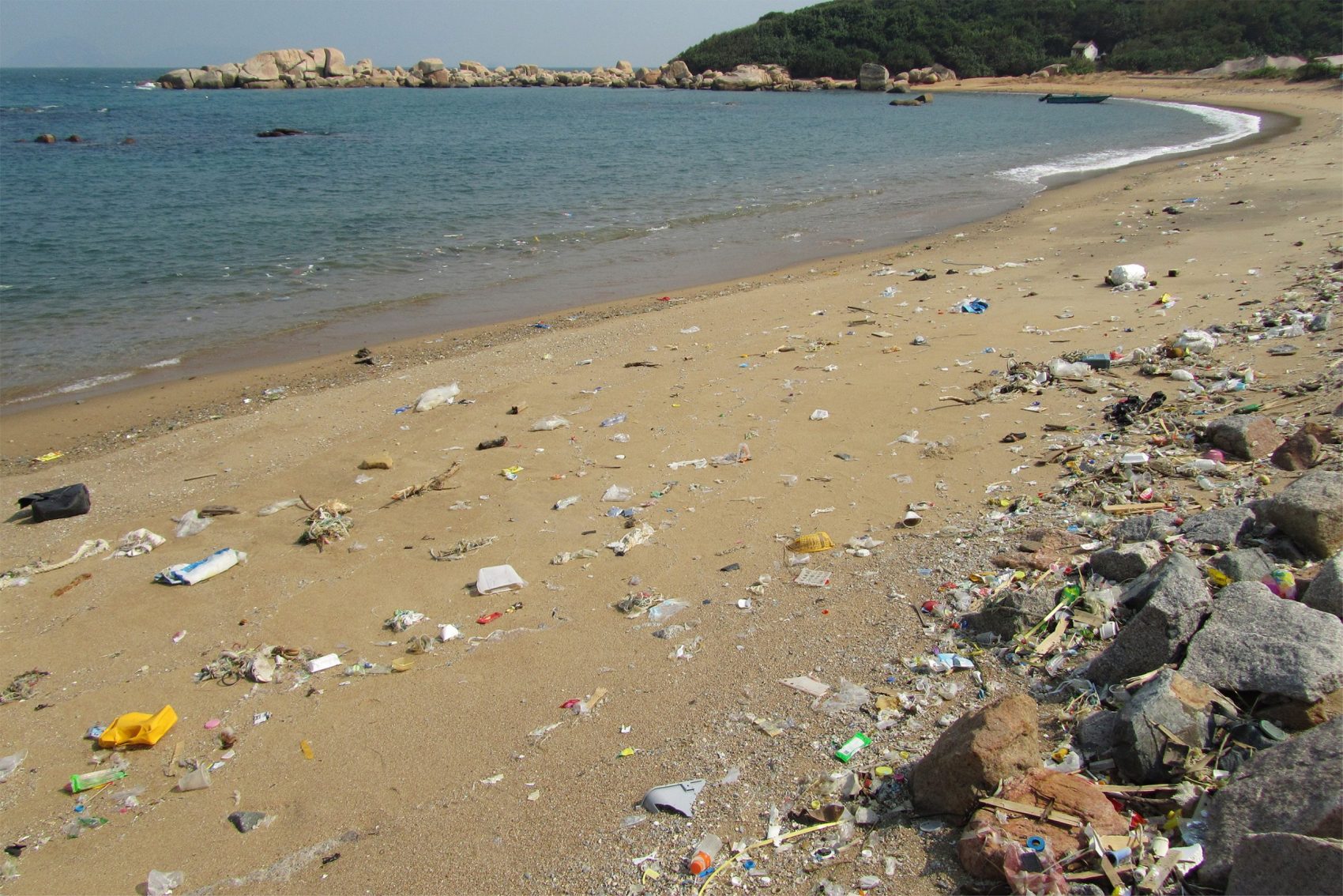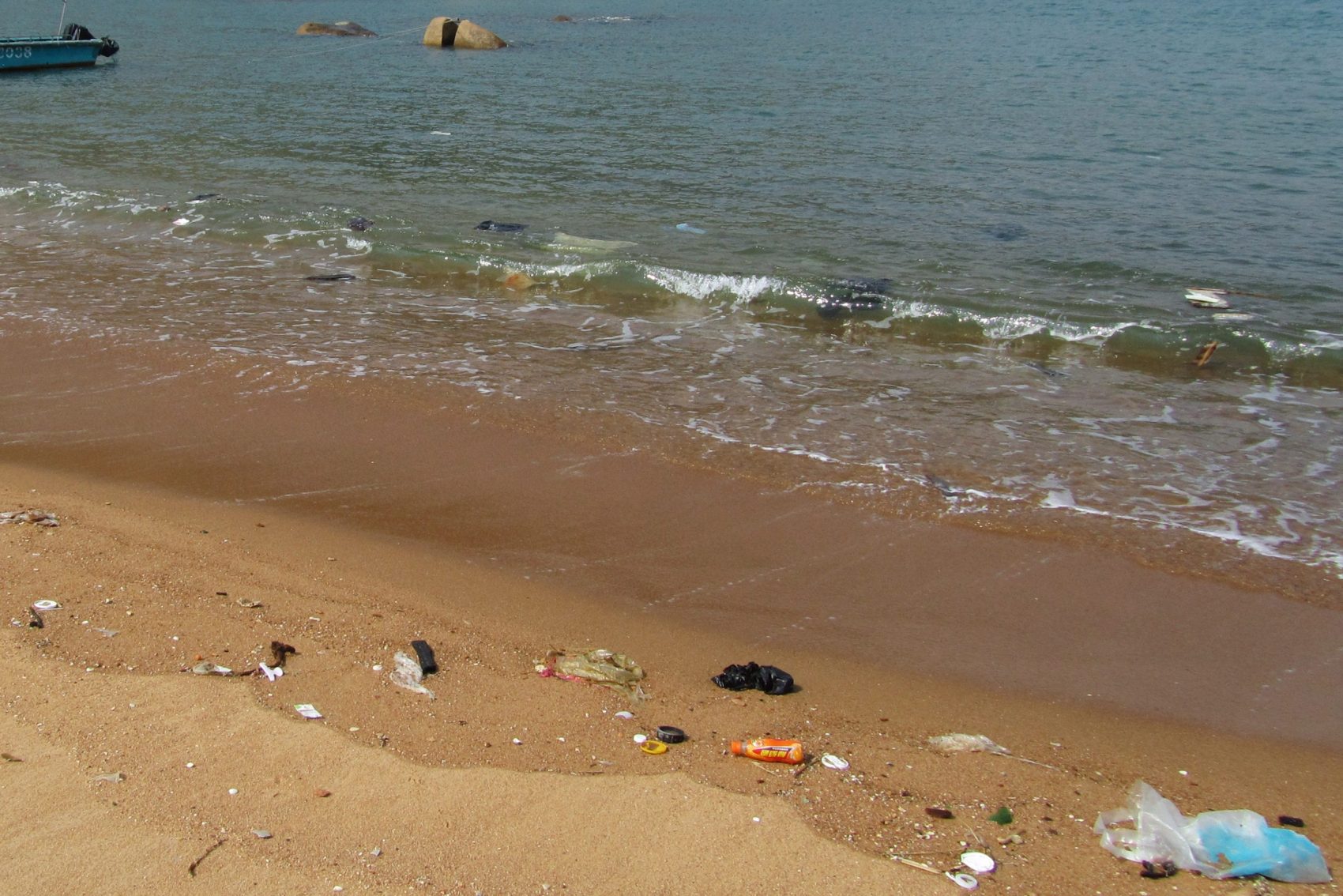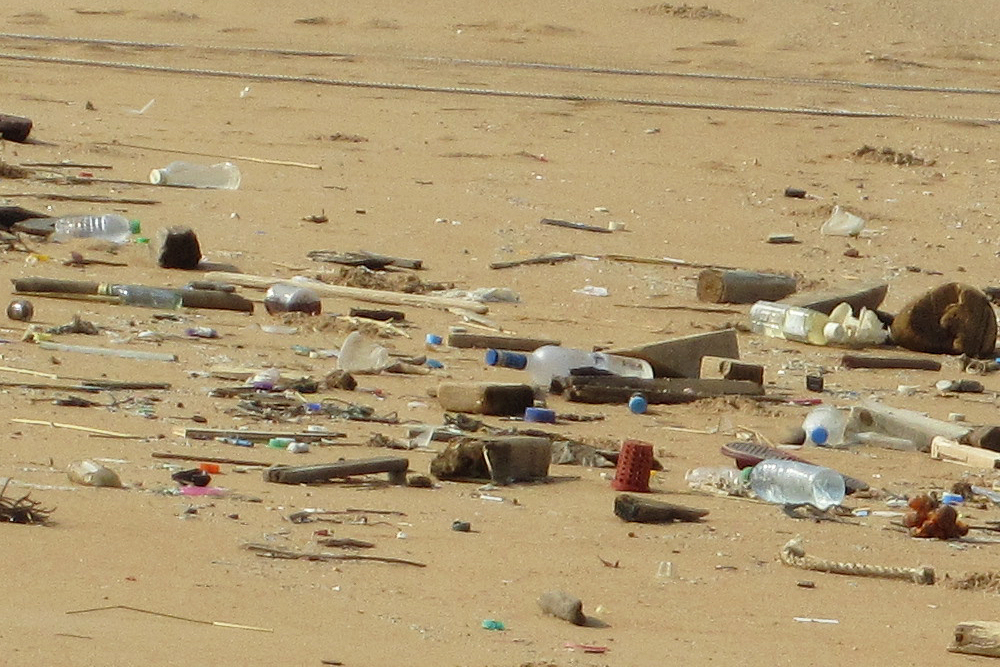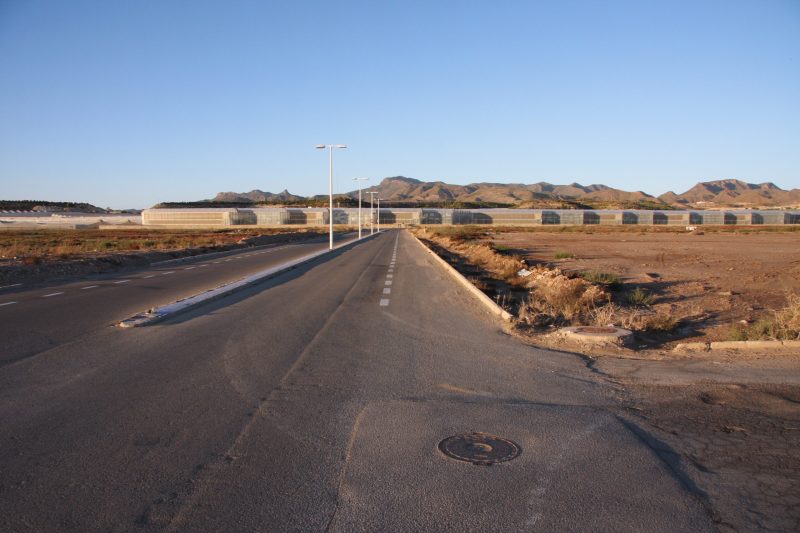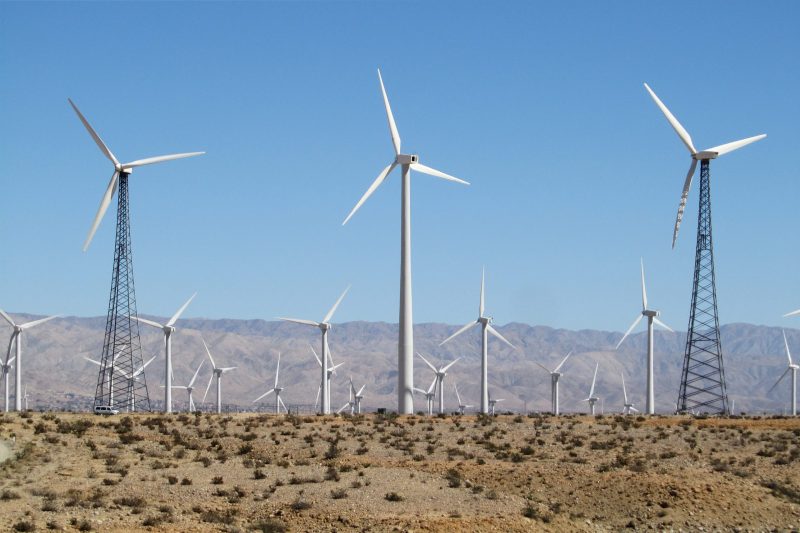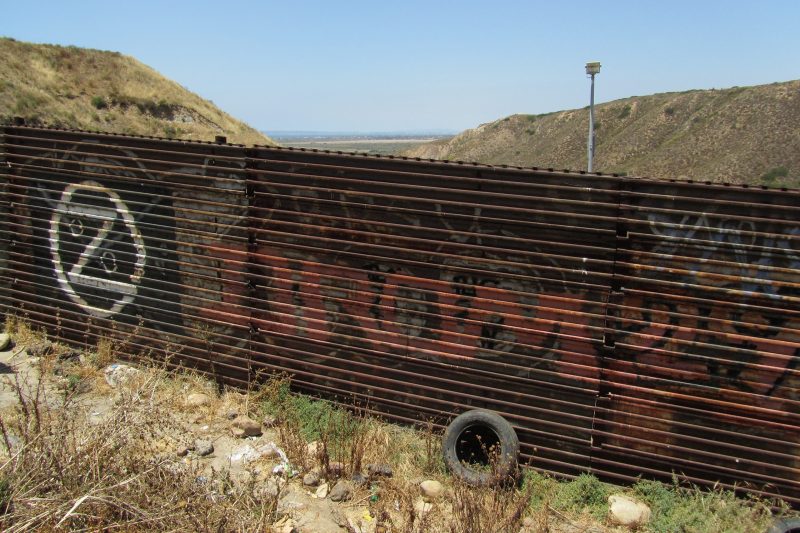- Peter Mörtenböck, Helge Mooshammer
- Contributed clusters
- World of Matter
ECOLOGICAL CAPITAL
CO-OPERATIVE OF THINGS
ARTIST/AUTHOR: HELGE MOOSHAMMER
While the many different files of World of Matter cover fairly distant sites and quite specific local constellations, one characteristic they tend to share is that of a conflictive confrontation between on-site conditions and trans-local dealings – a conflict that not only stems from antagonistic self-interests, but is underpinned by wider philosophical concerns about how we can make sense of our collective being in the world. This urge to find a different theoretical framework more apt for the complex interplay of human and non-human forces has surfaced in parallel to a growing recognition that the current crisis cannot be overcome by purely readjusting the settings of old-school economic operations. It is here that we find the call for a new ecological understanding coalescing with the call for a new political economy.
At the heart of these contentions lies the demand to break with capitalism’s tendency to externalisation. Affected parties are pressing increasingly hard for current resource exploitation to take into account all the things and costs that the market economy has so far succeeded in excluding from its cost and profit calculations. An important strand of research into the possibilities of a more inclusive understanding and use of resource environments has been the recent focus on co-operative structures. Elinor Ostrom’s 2009 Nobel Prize in Economics for her research on economic governance and the United Nations declaration of 2012 as International Year of Co-operatives, among other things, have drawn attention to the capacity of co-operatives to stake out a middle ground between the extremes of over-regulation through centralised authorities and total liberalisation of a privatised market.(1) Within this ideological struggle around the limitations of man’s dominion over the world a new stream of thinking has been gaining increasing popularity: the discourse on the social life of things. Promoted by radical thinkers from liberal institutions and philosophical circles exploring the idea of speculative realism, it has the air of a radically new vision in which thingness might become a promising object of critical enquiry. Indeed, it would seem vital to recognise that the conceptualisation of natural resources as commodities is only one of many options in the life cycle of objects that, over time, appear in different constellations and are thus put to use in different ways and in line with different value regimes.
While the patterns of argumentation and rhetorics deployed by speculative realism seem to promise scope for transgressing the limitations of human-centered interactions with the material world (and resource exploitation is a key example of such interaction), we also have to be careful not to throw out the baby with the bath water. It is, of course, significant that the rise of this new doctrine coincides with the recent cycle of crises in the market economy exemplified by the 2008 credit crunch that saw Western hegemony run out of answers to the global challenges of prosperity, equity and resource distribution. Could it be that this recurring focus on the independence of the life of things merely serves as means of obviating human responsibility for what is happening to the world we live in? Moreover, the vehemence that this new narrative has taken on in the art world raises the question of whether the new aestheticisation of objects and their material qualities might actually conceal a certain fetishisation of tradable objects, precisely in times of volatility. Is this rehabilitation of the thing allowing a purified market of exchange back in through the back door, as it were, one that is again managing to exclude all potential externalities from its calculations? Are we witnessing the building of an unholy alliance between the connoisseur art critic and the stock exchange broker who prefer to operate on the speculative market of measurable material quantities rather than having to deal with the messiness of relationalities between humans, things and their interactions?
In discussing the creation of the urban commons, David Harvey, the seminal voice of counter-geography, is certainly very clear about the commons being not a thing but an issue of social practice,(2) which in turn allows for many things to be conceived in a multitude of ways. The challenge for World of Matter can be seen as founded on the endeavour not to discriminate between, on the one hand, the ecologies of things and their lives and, on the other, the manifold human relations that develop around them. The point here is to expand the imaginary of possibilities. Perhaps it is time to start thinking about a co-operative of things.
(1) Elinor Ostrom (1990) Governing the Commons: The Evolution of Institutions for Collective Action. Cambridge: Cambridge University Press.
(2) David Harvey (2012) Rebel Cities: From the Right to the City to the Urban Revolution. London and New York: Verso.
The propositional character of resources can serve as focal point of engagement for a number of critical practices intervening in the geopolitical circuits of value production via the development of a democratic politics – a proposition that enables larger spatial fields of efficacy to emerge around them.
CIRCULATION OF SUBSTANCES
ARTIST/AUTHOR: PETER MÖRTENBÖCK
Whether in the form of the dormant threat of toxic waste dumps, expanding landfill sites, sprawling maritime garbage patches or mountains of trash piling up in cities across the world—these days the baleful threat of accumulating waste has become one of the obsessions with which western civilization seeks to process its relationship with the cycles of the production, consumption and obliteration of economic values. The process of reflection on this threat is certainly not a sober and neutral one. It can’t be. We are too caught up in and disoriented by the maelstrom of garbage, which, for no clearly delineable reasons, is taking up ever more space and reaching ever new dimensions. Ever more material that has become worthless is suddenly turning up in places where it pushes life as it is being lived off course or detracts from the unrestricted accumulation of value and thus generates anxiety―like the stranded, abandoned barge cited during a therapy session at the beginning of Steven Soderbergh’s 1989 film Sex, Lies, and Videotape as an image of a mysteriously threatening sense of directionless impulsion, of “something negative which you have no control over,” as the psychiatrist in the film puts it.
The association with the ocean’s currents marks waste as an unanchored, drifting, blurred entity that is constantly in motion and pulled this way and that. In this context, garbage is not so much a discrete object as an open network, a tissue of diffuse elements and forces working in the background. Even though today we are increasingly being visually confronted with its interim stations, disposal and recycling facilities, dumps and end storage sites, these articulations are often nothing more than the masquerades of a remote and inscrutable process. The very spectral, incomprehensible form of the threat means that it is also taking on a decisive significance in the therapeutic response to all the fears of collapse and degeneration that afflict us: fears of environmental destruction, fears of economic ruin, fears of the collapse of the international political order, fears of the increasing mobility of populations and the fear of landing oneself on the junkyard of global distribution networks. As Zygmunt Baumann has argued, as the nature of threat has become increasingly fleeting and diffuse—with the increasing loss of rules and guidelines that can be adhered to in order to elude potential threatening circumstances—the threshold for an effective way of dealing with this situation has also risen.(1) And this sense of diffusion, the blurring of reference points by which to navigate, makes it difficult to plot a therapeutic course. In view of the autogenerative, self-subsistent and excessive character of the worldwide proliferation of garbage, “What would you do to try to stop something like that?” has become a rhetorical question, one that is less concerned with “what” or “what with” than with “where to.” In this context, the trash container of the Western world becomes not so much a receptacle for rubbish as a spatial apparatus whose agency consists in actively steering and managing the orbit of an ever increasing quantity of garbage, throwing out surplus garbage and ceaselessly relocating it. It not only creates mountains of unusable residues but also actors and instruments that can profit from the calamities of collapse and degeneration.This dynamic space of the surplus and valueless, with all its accumulation points, junctions, speculations, masquerades, orchestrations and performances has today become ubiquitous. It is regulated by a complex hierarchy of access and exit points whose differentiation is dependent on specific utilization profiles, protocols and rituals. Objects move through this space but they also move along temporal channels in which the fluctuations in their own degeneration are registered. The questions of what objects become stranded, where they are deposited and what objectives they serve in the process is therefore also a question of the life cycle of objects, which is determined just as much by commercial as by physical degeneration. But whereas physical degeneration generally proceeds in one direction, the economic lifecycle can be marked by a series of shifts in course.(2) The price and value of objects is oriented not only to the intactness of the physical substance but also to attributes that are allocated in accordance with various criteria, such as market need, occurrence, social praxis, political interest or the pure passion of collection. Networks of scale, such as that of waste production, constantly hunger for new members. New participants cost these network economies little but bring a great deal in terms of the radius of interaction since they can connect with all existing parts of a network and contribute to its growth. In spite of the enormous differences between the categories around which prevailing interests gather, the different communities of human and non-human waste form a common economy, a broad-meshed network of waste generators and waste utilizers, who are intertwined with one another via relations of exteriority and can identify themselves by means of a series of material components—waste products, physical work, tools, buildings, neighbourhoods, transport vehicles, and export and import documents. It is precisely the different mobilities of the network ecologies presently being constituted that elucidate the fact that the capacity for human action relies far more on its creative interplay with a milieu comprising co-agents, processes, technologies and perceptual regimes than on its absolute position in a stable spatial environment.
When it comes to tracking the movements of value creation and degeneration in such elastic spatial settings within a framework of democratic theory, the appropriate analytical unit is therefore neither an individual person nor an entire collective but rather the respective public that forms around a problem.(3) Conversely, the development of a democratic politics can make use of the different techniques of this public, which elaborate their respective creative powers step by step and are thus themselves also primarily oriented to movement and only secondarily to clear positions. In this political ecology, which is formed by a range of animate and inanimate substances, human and non-human materialities, waste should not be seen as an object that has become dead or lifeless but as a project connected with different interests and expectations—as a proposition that, apart from its material composition, also requires a certain forum in order to manifest itself and function as a waste machine, like one of Bruno Latour’s quasi-objects, which are neither merely fact nor value but enable larger spatial fields of efficacy to emerge around them with the result that highly diverse social forces can act on them and fracture familiar categories and the guarantees associated with them.(4) This propositional character of resources serves as focal point of engagement for a number of critical practices intervening in the geopolitical circuits of value and waste production via art and its institutions.
(1) Zygmunt Bauman (2004) Wasted Lives: Modernity and its Outcasts. Cambridge and Malden/MA: Polity Press, 14. Here Bauman also uses the metaphor of nautical navigation when he writes of the generation of our parents and grandparents: “[…] to those in need of a trustworthy boat that promised safe passage, the destination was neither a mystery nor a matter of agonizing choice; the tasks of navigation were not beset with uncountable and unaccountable risks. What was left to those wielding the oars was to paddle diligently and assiduously, following the ship’s rules ‘to the letter’.” (16)
(2) Will Straw (2010) ‘Spectacles of Waste’, in Alexandra Boutros and Will Straw (eds.) Circulation and the City: Essays on Urban Culture. Montreal and Kingston: McGill-Queen’s University Press, 197.
(3) Jane Bennett (2010) Vibrant Matter: A Political Ecology of Things. Durham/NC: Duke University Press, 108.
(4) Bruno Latour (1993) We Have Never Been Modern. Cambridge/MA: Harvard University Press.
